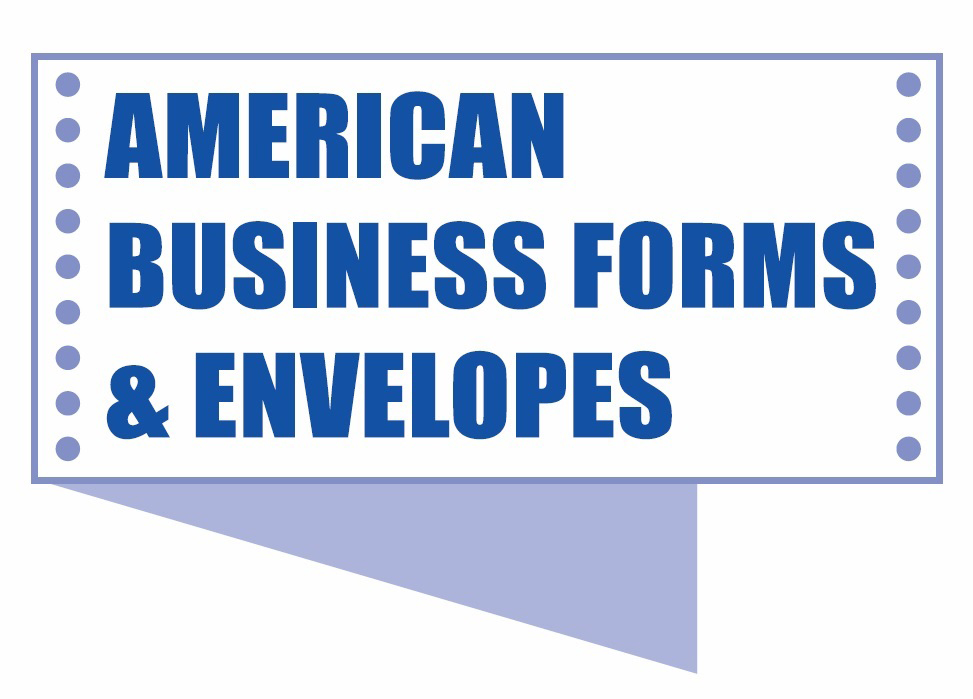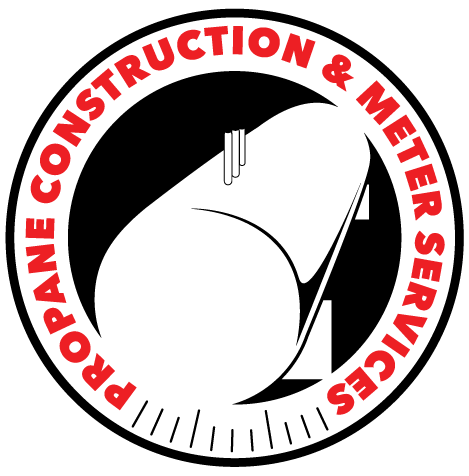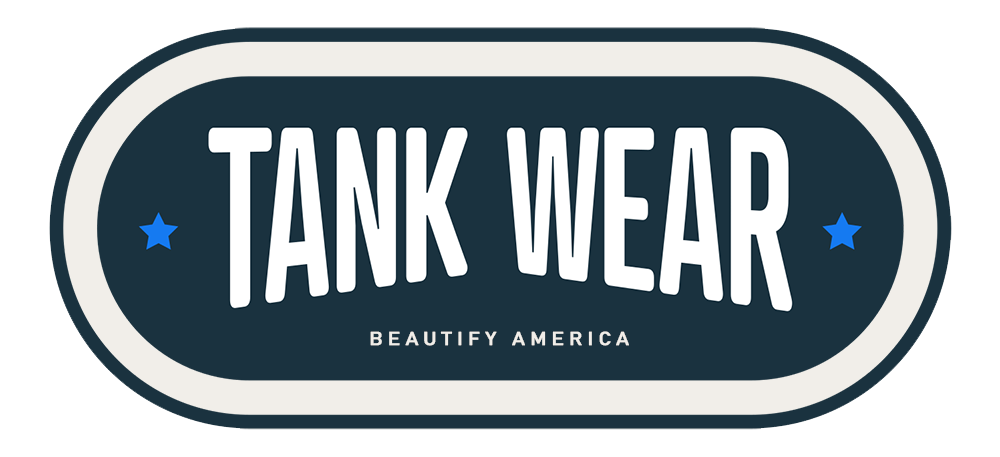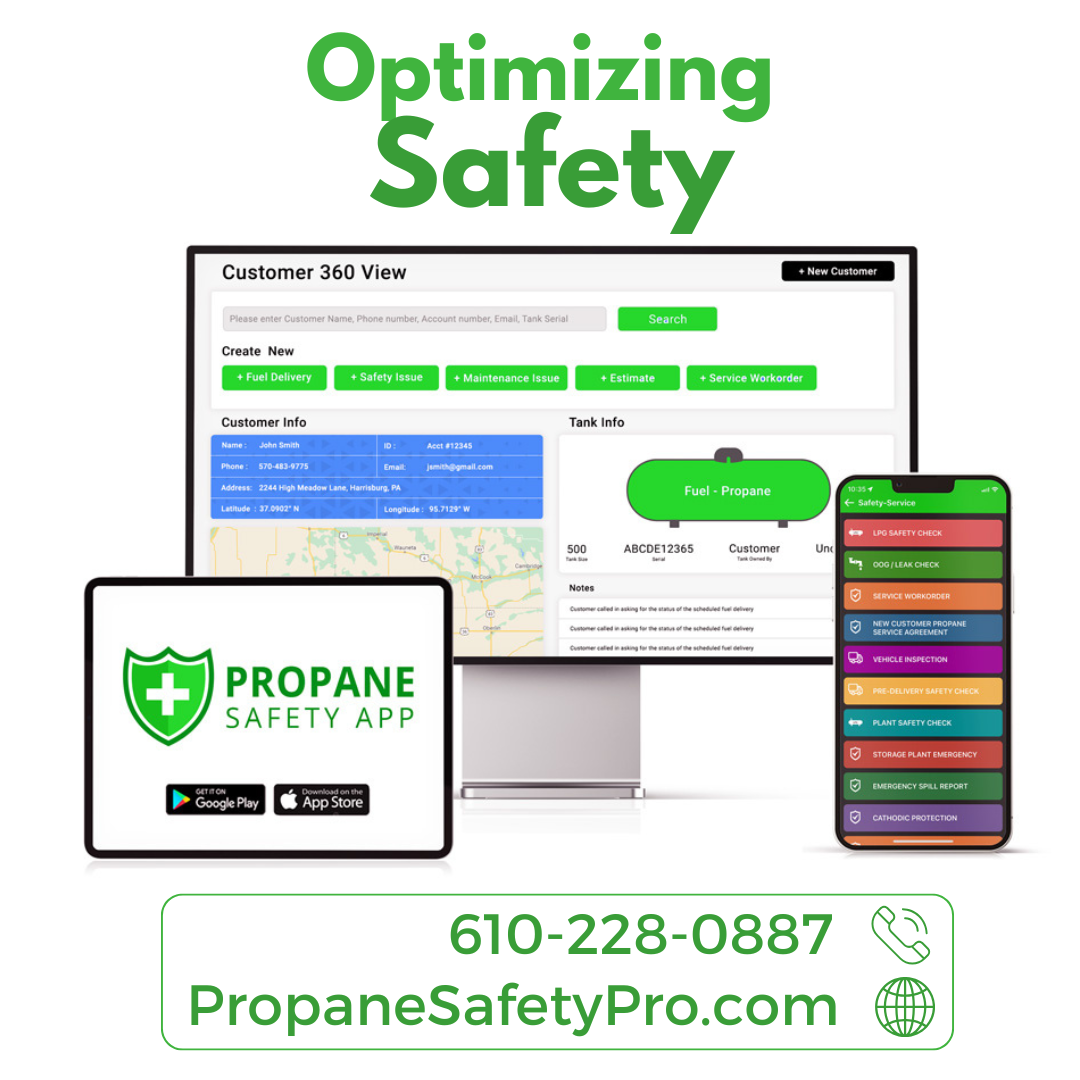Maximizing Learning and Engagement: A Comprehensive Approach to Hybrid Training

In today’s fast-paced digital age, organizations face the challenge of effectively capturing employees’ attention and fostering their development. To overcome this hurdle, a comprehensive hybrid training approach that incorporates multiple modalities has emerged as a powerful solution for enhancing learning and information retention.
Establish the “Why” – Tell:
To initiate any training session, it is vital to communicate the “why” behind the subject matter and address the question of “what’s in it for me?” (WIIFM).
A clear understanding of the purpose and relevance of the training is crucial for employee engagement. By emphasizing the significance of the subject matter and its impact on individuals and the organization, personal accountability and engagement can be fostered.
Allocating ample time to explore the “why” and WIIFM during training sessions significantly enhances knowledge and skill retention.
Demonstrate Action – Watch:
Once the “why” has been established, the focus shifts to the “watch” phase. Here, the emphasis is on demonstrating the desired actions, activities, or tasks.
By showcasing the correct approach, employees can visualize the expected outcomes. It is equally important to highlight the consequences of undesired actions and discuss potential scenarios. Utilizing methods such as recorded or live role-plays, screen captures, videos, or visualization techniques strengthens the power of “watch” by showcasing exemplary practices and behaviors.
Foster Hands-on Learning – Try:
The “try” phase plays a pivotal role in creating a safe learning environment. Building trust, encouraging questions, and celebrating both successes and mistakes are vital during this stage.
Employees develop confidence and expand their capabilities by being asked to step out of their comfort zones and try something new. Hands-on learning with relevant equipment, simulations, and scenario-based exercises are effective real-world applications for the “try” phase.
It is important to remember that mastery occurs through incremental improvement over time. Even a 1% daily improvement can lead to remarkable progress in just 100 days.
Apply Knowledge in a Controlled Environment – Do:
The final phase, “do,” is most effective when conducted in a controlled environment with specific feedback mechanisms. Providing detailed feedback ensures that employees not only retain the key elements of the training but also focus on the finer details.
Creating a safe space for employees to explore their individual approaches and problem-solving methods is crucial for engagement. Acknowledging and valuing their unique perspectives fosters a sense of empowerment. The “do” phase can include unguided simulations, monitored task completion, or role-play scenarios.
















